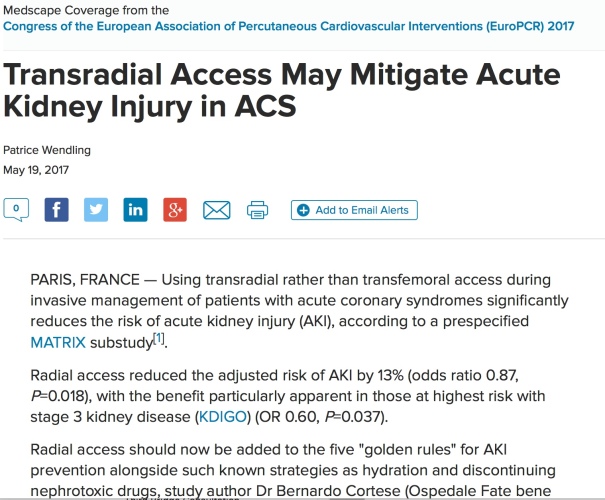During the EuroPCR 2017, I have presented theOne year clinical outcome of percutaneous treatment with Sirolimus eluting balloons: Results from Nanolute prospective registry.
Prospective, Multi‐center clinical registry real world, all comers patients at various indian Interventional Cardiology Sites. Clinical Follow-up at 1,6 and 12 Months.
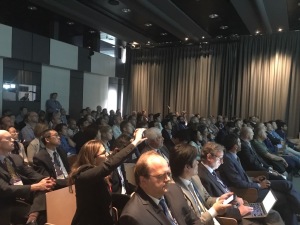
Conclusion
SCB might constitute a new therapeutic option, considering the overall complexity of modern-era interventional cardiology.
The results of this registry, performed in indian patients, are encouraging, but deserve more complete clinical assessment in broader patients populations.
A synergistic DCB use with new-generation DES is intriguing
Here’s the presentation of the meeting
4 NANOLUTE' presentation

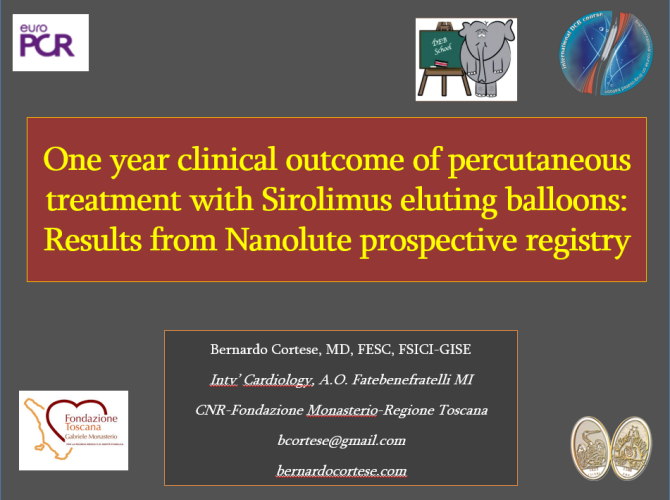
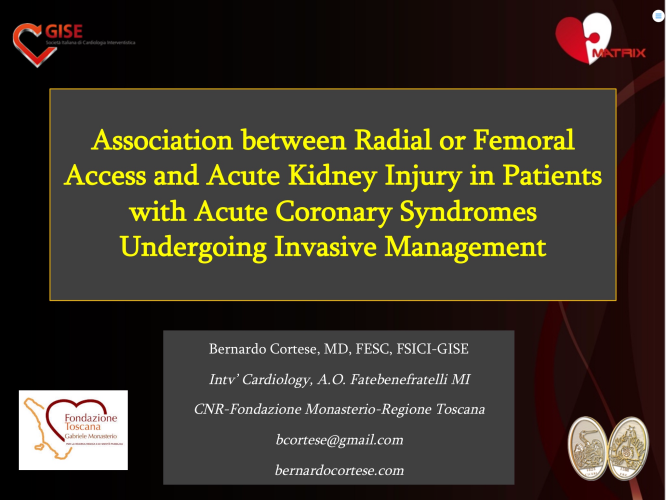
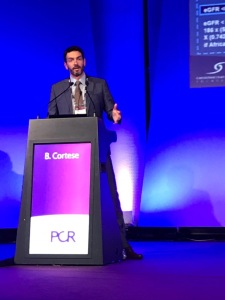
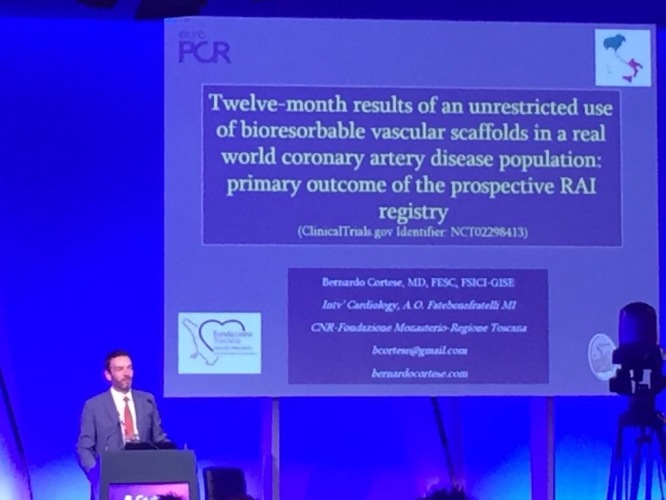
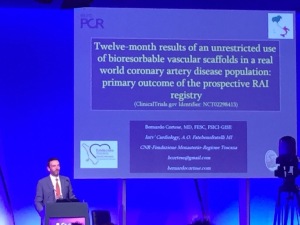

 During the EuroPCR 2017, I met 45 PI of the EASTBOURNE Registry to talk about the end point and the trend of the Study. There were PI from all around the world (Spain, China, Italy, Japan, England, India, etc.).
During the EuroPCR 2017, I met 45 PI of the EASTBOURNE Registry to talk about the end point and the trend of the Study. There were PI from all around the world (Spain, China, Italy, Japan, England, India, etc.).